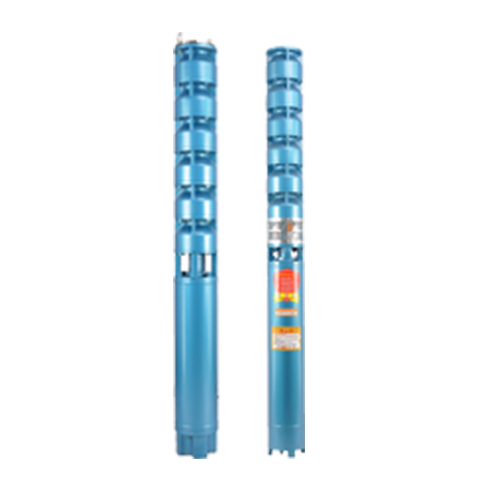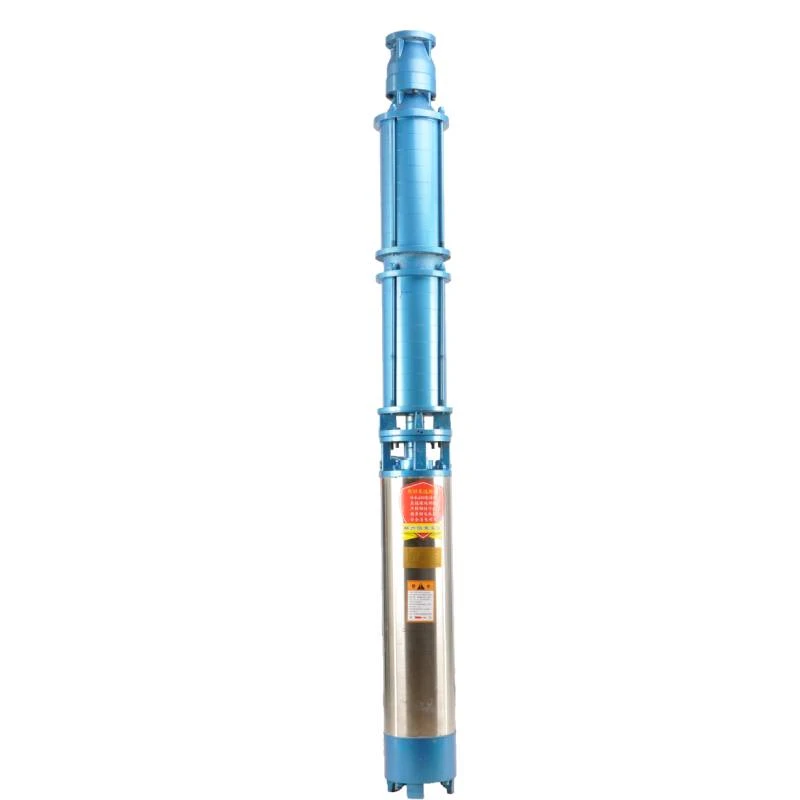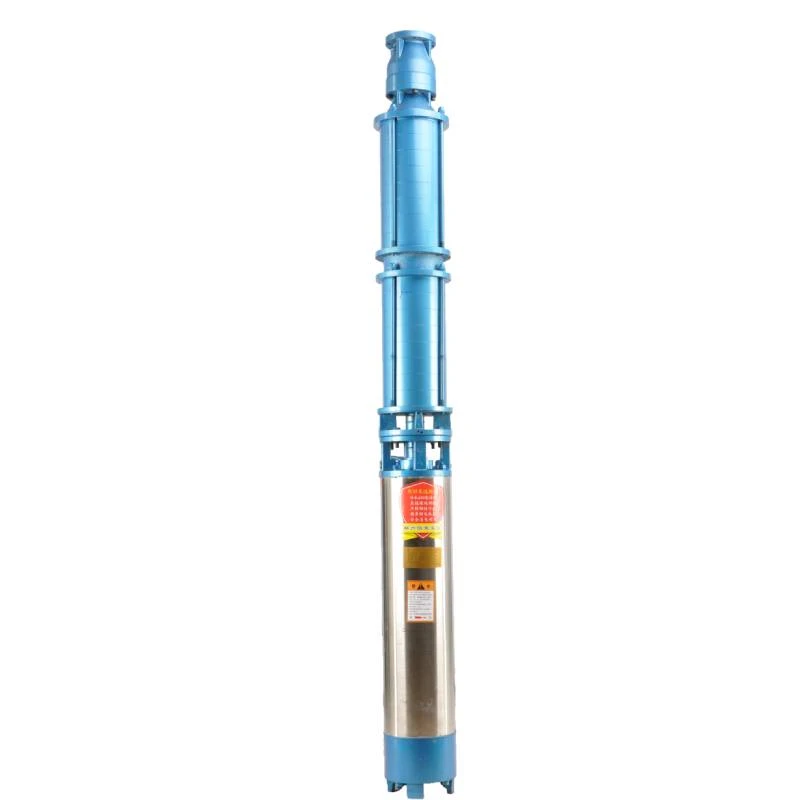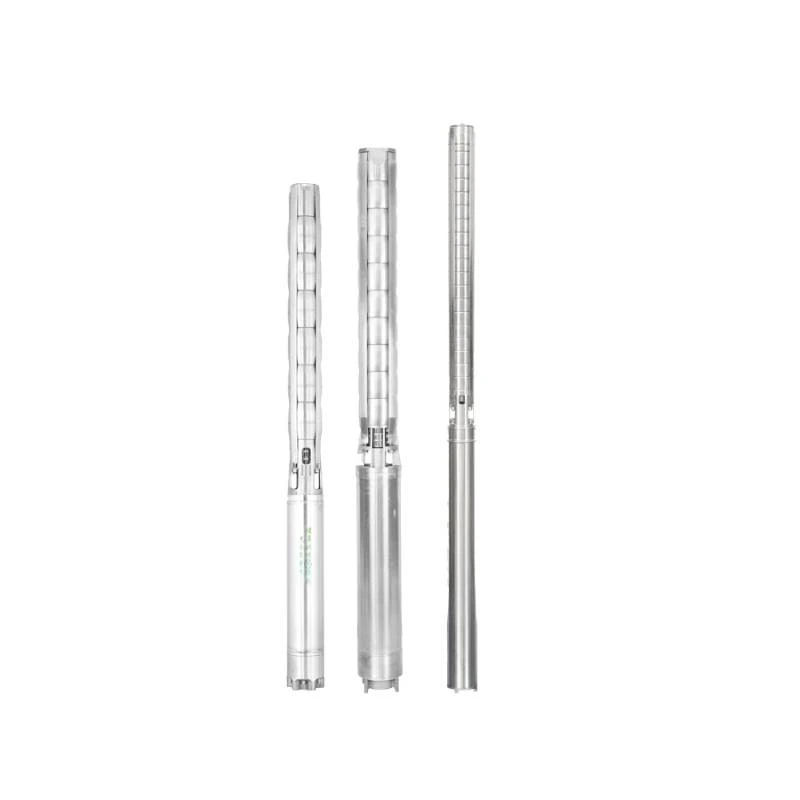Sep . 13, 2024 22:19 Back to list
submersible water well pump diagram
Understanding Submersible Water Well Pump Diagrams
Submersible water well pumps are essential components in modern water supply systems, especially in regions where groundwater is the primary source. These pumps are designed to operate underwater, pushing water to the surface efficiently. To fully comprehend how they work, it is beneficial to explore their components and the configurations depicted in their diagrams.
Components of a Submersible Water Well Pump
At the core of the submersible water well pump is the motor, typically located at the bottom of the unit. This motor is sealed in a housing that protects it from water intrusion. Coupled with the motor is the pump itself, which consists of a series of impellers and diffusers. These components work together to generate the necessary pressure to lift water from deep underground to the surface.
In a typical diagram, you will find the following key components
1. Motor This is responsible for driving the pump. The motor's design is crucial for its efficiency and durability, as it must withstand high pressures and continuous operation.
2. Pump Shaft The shaft connects the motor to the impellers. It transmits the motor's rotational energy to the pump, enabling the movement of water.
4. Diffusers Located between the impellers, diffusers help convert the kinetic energy generated by the impellers into pressure energy, further assisting in water elevation.
submersible water well pump diagram

5. Discharge Head This is the upper portion of the pump, where water exits the system. It is typically sealed and ensures no contaminants can enter the well.
6. Power Supply Line A diagram will show where the power supply connects to the motor. A proper supply of electricity is critical for the effective functioning of the pump.
7. Drop Pipe This pipe runs from the pump to the surface and carries the pumped water. It must be sturdy and resistant to corrosion due to the underwater environment.
Functionality Explained
When examining a submersible water well pump diagram, it's important to understand the sequence of operations. The motor powers the impellers, which then draw water into the pump's intake. As the water is trapped by the rotating impellers, it is flung outward into the diffusers, increasing its pressure. The water then rises through the discharge head and travels through the drop pipe to reach the surface, where it can be distributed for various uses.
Key Advantages
Submersible pumps offer several advantages, making them a favorable choice for many water supply systems. They are more efficient than traditional surface pumps, as they do not require priming or additional suction lift. Additionally, their design minimizes the risk of cavitation, which can damage mechanical components. This efficiency and low maintenance requirement make them ideal for rural areas, irrigation systems, and municipal water supplies.
Conclusion
Understanding submersible water well pump diagrams provides vital insights into how these systems operate. By recognizing the various components and their functions, users can appreciate the engineering that enables water extraction from deep wells. This knowledge is crucial for anyone involved in water system design, maintenance, or troubleshooting. Ultimately, submersible pumps play a significant role in ensuring a reliable water supply, which is essential for both residential and agricultural needs.
-
 Water Filled Submersible PumpA water filled submersible pump is engineered for optimal cooling, eco-friendliness, and high efficiency, especially in applications involving clean or slightly sandy water.Detail
Water Filled Submersible PumpA water filled submersible pump is engineered for optimal cooling, eco-friendliness, and high efficiency, especially in applications involving clean or slightly sandy water.Detail -
 The Ultimate Solution for CleanWhen it comes to efficient water delivery from underground or submerged sources, a submersible pump stands as the go-to solution for homes, farms, ponds, and industrial sites.Detail
The Ultimate Solution for CleanWhen it comes to efficient water delivery from underground or submerged sources, a submersible pump stands as the go-to solution for homes, farms, ponds, and industrial sites.Detail -
 SS Submersible PumpA ss submersible pump (short for stainless steel submersible pump) is the premium choice for environments that demand durability, corrosion resistance, and long-term performance.Detail
SS Submersible PumpA ss submersible pump (short for stainless steel submersible pump) is the premium choice for environments that demand durability, corrosion resistance, and long-term performance.Detail
